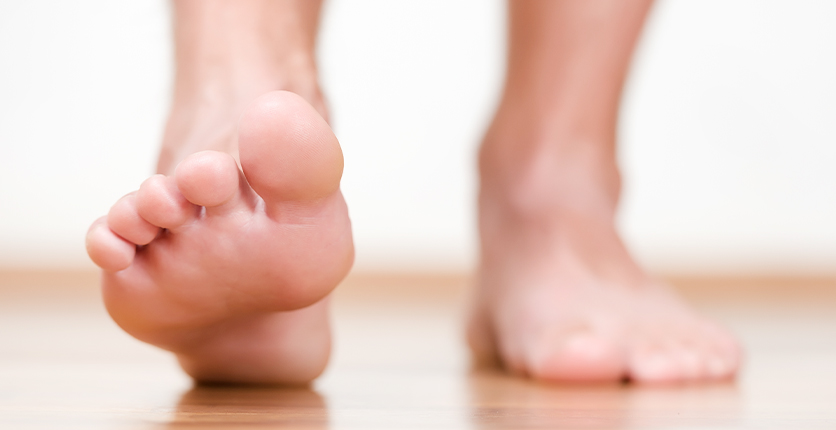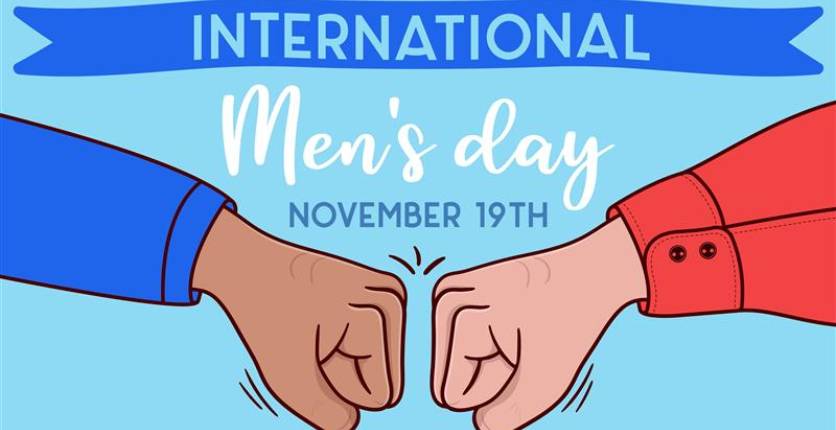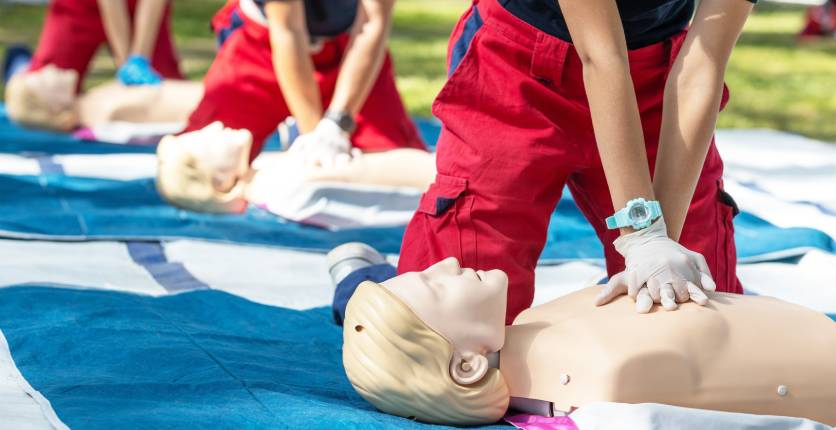Many people neglect the health of their feet, but this is the part of our body that holds us up and helps us move around.
“Each foot is a complex framework comprising 26 bones, 33 joints, and over 100 muscles, tendons, and ligaments,” says Joanne Yap, a podiatrist at Physio & Sole Clinic.
“These structures work in tandem to keep us active by offering support and stability as we walk and stand, and allow us to participate in various physical activities. When these components are no longer in synchronisation, it may result in a variety of foot conditions which can have long-term effects on our muscles and joints, making walking more challenging.”
Foot problems can also lead to pain and increase the likelihood of an injury. If left untreated, these issues may increase our risk of falls and even cause additional foot injuries as we change our gait so as to alleviate the discomfort.
It is therefore crucial that we take proper care of our feet. Joanne shares six ways to protect them and keep them healthy.
1. Don’t ignore these common causes of foot pain and strain
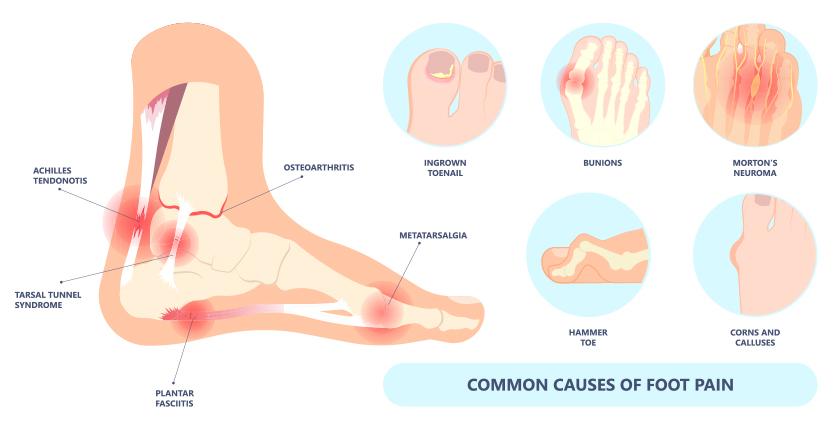
There are several common causes of foot strain and pain, Joanne points out. These include:
- Plantar fasciitis: Marked by inflammation of the plantar fascia ligament, resulting in discomfort in the heel and arch of the foot. Resting the feet, using ice or heat therapy, wearing shoes with good arch support and stretching the calves and feet can help alleviate the pain.
- Morton’s neuroma: Brought on by the thickening of the nerve tissue, producing discomfort in the ball of the foot. Resting the feet, wearing shoes with a wide toe box, and using ice or heat therapy may help ease the pain and discomfort.
- Achilles tendonitis: This condition causes pain in the back of the heel due to inflammation of the Achilles tendon. Resting the feet, stretching the calf muscles, wearing shoes with a low heel, and applying ice or heat therapy can relieve the discomfort.
- Bunions: Characterised by a bony protrusion on the side of the big toe which can be painful and uncomfortable. Wearing shoes with a wide toe box and using padding can help reduce the discomfort.
If you suffer from any of these conditions, don’t ignore them. Joanne says that if your symptoms last longer than a week, you should consult a podiatrist.
2. Practise good foot hygiene habits
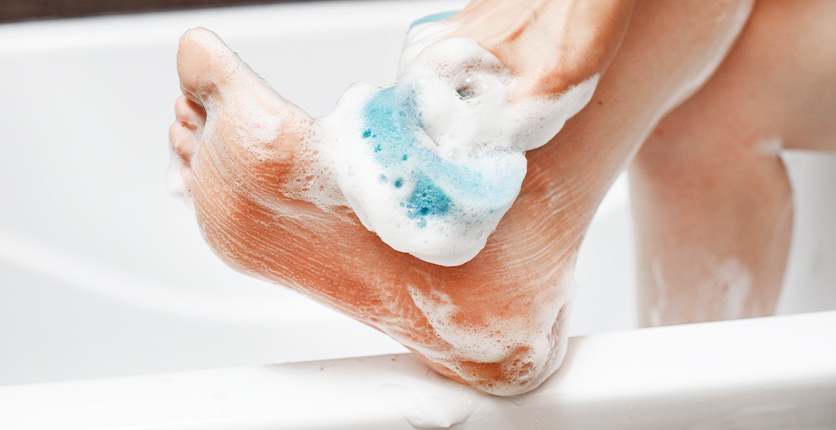
Wash your feet daily with soap and water and dry them thoroughly after, especially the spots between your toes, says Joanne. This helps prevent fungal infections.
Wearing breathable shoes and moisture-wicking socks will keep your feet dry. And remember to change your socks or shoes when they become damp.
Moisturising your feet is a good idea, too, but Joanne recommends avoiding applying lotion to the area between the toes.
When it comes to trimming your toenails, use a clean and sharp nail clipper. Trim the nails straight across and avoid cutting the corners too short or rounding the edges to prevent ingrown toenails.
To improve blood circulation in your legs and feet and keep the muscles and joints flexible, Joanne recommends stretching your calves every day.
3. Choose the right footwear
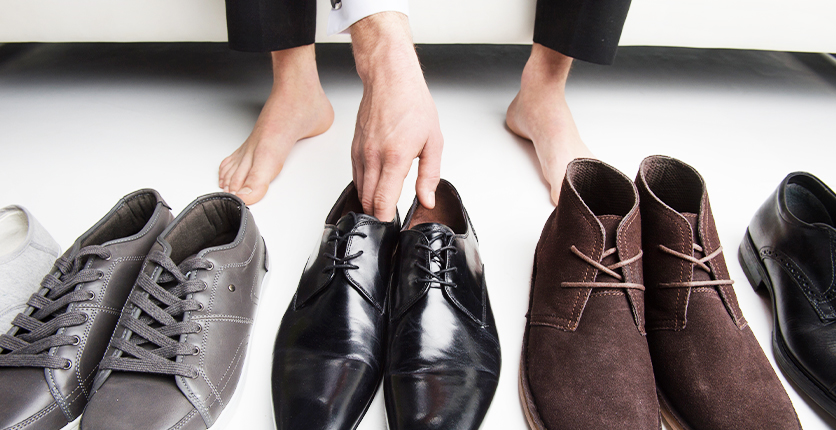
Your shoes should be comfortable, have sufficient room for your toes to move freely, and have a fastening mechanism (such as a Velcro strap or laces) across the ankle, Joanne advises.
“Choosing the right shoes can help prevent pain, joint discomfort and muscle fatigue. On the other hand, wearing ill-fitting shoes can lead to muscle and joint pain, particularly in the feet. Narrow or tight shoes can cause bunions to form, as well as lead to other problems like corns, calluses, plantar fasciitis, tendonitis, ankle sprains/strains, and even fractures. Additionally, proper footwear can help you maintain good posture and body alignment. Shoes with adequate support and cushioning help reduce the strain of walking or running on the feet, knees, and lower back, lowering your risk of injury.”
SAFRA members receive up to 15% discount on selected Asics items, including footwear using technologies such as the core GEL cushioning system and Flytefoam, to create comfortable, performance-enhancing footwear. Find out more at safra.sg/promotions/Asics-23
Need new walking shoes instead? SAFRA members get 20% off regular-priced footwear and apparel at Skechers. Choose from a diverse range of stylish footwear and stand out with every step. Find out more at safra.sg/promotions/skechers2022
4. Minimise calluses
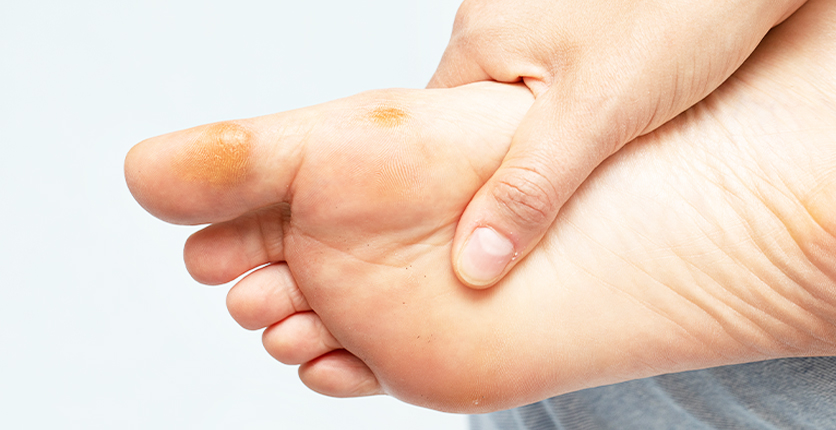
A callus is a rough, thickened area of skin on the soles of the feet (they can form on the palms of your hands, too). Calluses usually develop when there is repeated pressure or irritation to that particular area of the skin. They’re not often serious but they can be painful.
There are a few ways to prevent this build-up of hard, thickened skin, says Joanne:
- Wear comfortable and well-fitting shoes. Your shoes should offer adequate support, cushioning and shock-absorption properties. The toe box should be roomy enough so that your toes aren’t crammed up against the top of the shoe. Shoes with high heels and narrow toe boxes tend to force the toes forward, causing them to rub against the inner top part of the shoe, so avoid this style of shoe where possible.
- Speak to a podiatrist about the usefulness of foot orthotic devices if you have existing corns and calluses. The insoles work to balance out the pressure distribution across the foot.
- Wear socks with your shoes – the socks create a barrier between your skin and the shoe, preventing friction and irritation.
- Moisturise your feet daily to keep the skin soft and supple.
5. Prevent bunions

A bunion is a painful bony protuberance that develops on the side of the big toe joint. Constant pressure on the big toe joint causes the bones, ligaments and tendons to lose their normal alignment over time, resulting in the shifting of the big toe towards the direction of the second toe.
Joanne says that there is a strong hereditary component to the development of bunions, but the problem can be brought on by other factors, such as the use of ill-fitting footwear (for example, pointy-toed heels and shoes with a narrow toe box). People with conditions such as flat feet and overly loose ligaments are also more susceptible.
“Bunions can be treated non-surgically by wearing proper footwear, like shoes that have a spacious toe box to accommodate the bunion or shoes that have a stable heel counter to hold the heel firmly, and by performing specific exercises that stretch and strengthen the toes and improve the flexibility of the big toe joint,” Joanne adds.
“It may also be helpful to see a podiatrist to find out if you have any abnormal foot mechanics, and to consider wearing foot orthotics to provide support to the joint and ensure proper positioning of the foot when walking and standing.”
6. Target foot odour
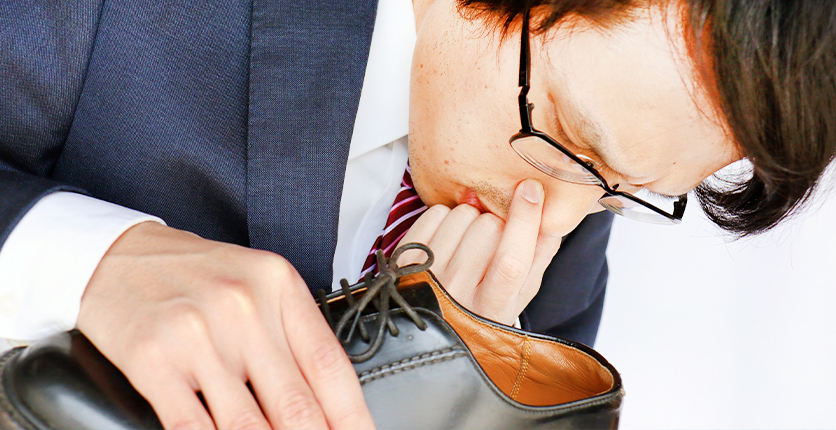
The primary cause of foot odour is excessive perspiration. There are approximately 250,000 sweat glands in a pair of feet that secrete about a cup of sweat daily. When this moisture builds up in our shoes, we’re left with an environment that’s conducive to the growth of fungi and bacteria. The bacteria feed on the sweat produced by the feet, and produce an acid that causes foot odour.
“Practising good foot hygiene is vital in the prevention or treatment of foot odour,” Joanne states. This includes:
- Not wearing the same pair of shoes more than two days in a row to allow them to dry out in-between uses
- Using cotton or wool socks or socks with moisture-wicking properties
- Changing your socks daily
- Washing your feet daily with a mild antibacterial soup and drying them thoroughly, especially between the toes
- Treating any existing fungal infections of the soles of your feet or toenails
- Use antiperspirant foot spray to combat excessive perspiration
Shockwave Therapy (and other treatments) have been proven to be effective for plantar fasciitis and other common pain experienced by runners and NSmen. SAFRA members enjoy discounts on podiatry consultations, physiotherapy, customised insoles and other services at Physio & Sole Clinic at SAFRA Punggol. Find out more at safra.sg/amenities-offerings/physio-sole-clinic
NSmen, sign up for your complimentary 1-year SAFRA membership and enjoy discounts on dining and shopping purchases at over 2,000 merchant outlets islandwide, as well as members’ rates at more than 45 sports facilities at SAFRA clubs! What’s more, your family can enjoy the privileges too – your 1st dependent pays $10/year, and it’s free for your 2nd dependent onwards. Click here for more details.
Want more articles like this, and other lifestyle content right in your inbox? Download the new SAFRA mobile app and opt in for the eNSman Newsletter – you don’t need to be a SAFRA member to subscribe – and never miss another story!
